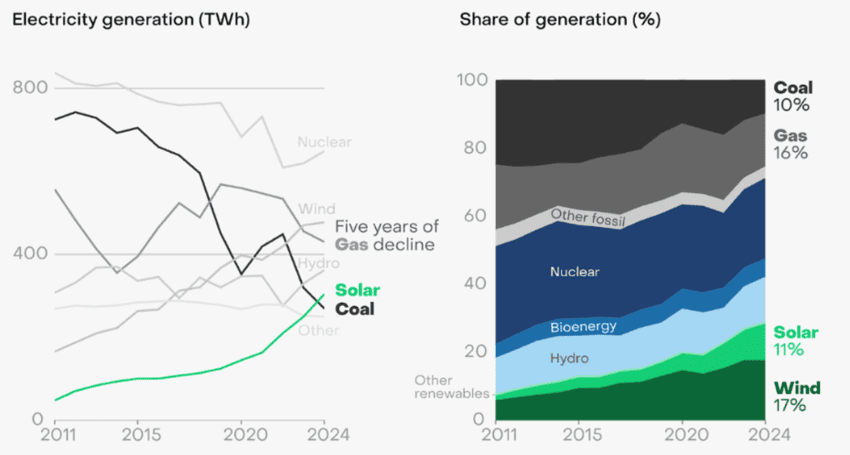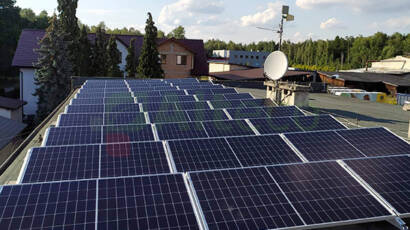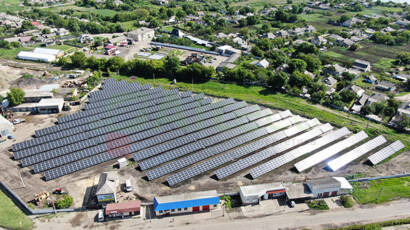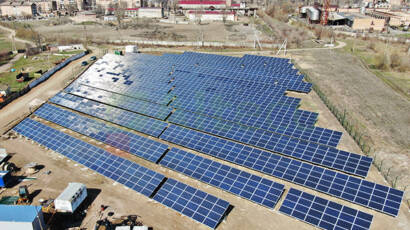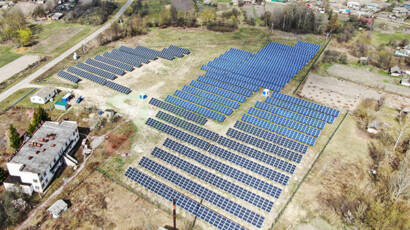Solar power is the new leader of the EU energy market
According to the Ember think tank, by the end of 2024, the share of solar generation in the EU energy mix reached 11%, overtaking coal for the first time, which fell below 10%. This is a historic moment, confirming the trend of fossil fuels being gradually replaced by renewable energy sources.
How is the European energy sector changing?
The EU energy system continues to undergo dynamic transformation, and this process has been significantly accelerated by the European Green Deal. In 2024:
- Wind (17%) overtook gas (16%) in electricity production for the second year in a row.
- The overall share of renewable energy sources reached 47%.
- Fossil fuel production fell to 29% (in 2019, this figure was 39%).
One of the key factors behind this growth was the restoration of hydropower and the active development of solar energy, which allowed the EU to reduce its dependence on imported gas and coal.
The financial impact of the energy transition
Ember analysts have calculated that if the EU had not expanded its wind and solar generation capacity in the last five years, it would have had to import:
- 92 billion cubic meters of additional fossil gas,
- 55 million tons of coal,
- which would cost 59 billion euros.
Thus, the transition to clean energy not only contributes to environmental sustainability, but also has a significant economic impact.
What does this mean for Ukraine?
Ukraine also has significant potential in developing solar energy. The EU experience shows that increasing the share of renewable energy sources helps reduce dependence on fossil fuel imports, stabilize electricity prices and create conditions for energy independence. Given the European trend, the Ukrainian SES market will grow, and investments in solar energy will be an important step towards a sustainable and secure energy system for the country.
